| Tire Forge
Tire chains are a necessity in cold and hilly regions where even the best of snow tires fail to grip the snow-covered roads. Not only in snowy regions but many areas with challenging slippery terrain also require tire chains.
The tire chains help grip the road by clawing onto the ice, mud, or snow-covered tarmac, and by doing so, the vehicle gains forward momentum.
Without a tire chain, the vehicle would spin its wheels without moving forward.
In some snowy regions of the north, it is mandatory by law to have snow chains in the vehicle in case the weather turns extreme.
Page Contents
A tire chain isn’t just a simple chain that goes around the tires. It consists of a side chain, a cross-chain, and tire links for the entire setup to work properly.
The Sidechain or, the link chain helps connect the links and the cross-chain. It forms the framework of the entire tire chain.
2. Cross chainThe cross-chain goes around the tire and looks very different from a typical chain. That is because the cross chain’s job is to provide traction so the vehicle can move forward. The cross-chain comes in contact with the tire and road.
3. LinksLinks are the blocks that make up the cross-chain. These individual pieces connect to make a cross-chain.
A link is designed to grip the road and the tire to enable traction on icy/ snowy roads. Links can be studded links, V-Bar links, or net links based on the size of the vehicle and nature of use.
How do I know what tire chains I need?Using the correct size tire chains is the key to making them work properly.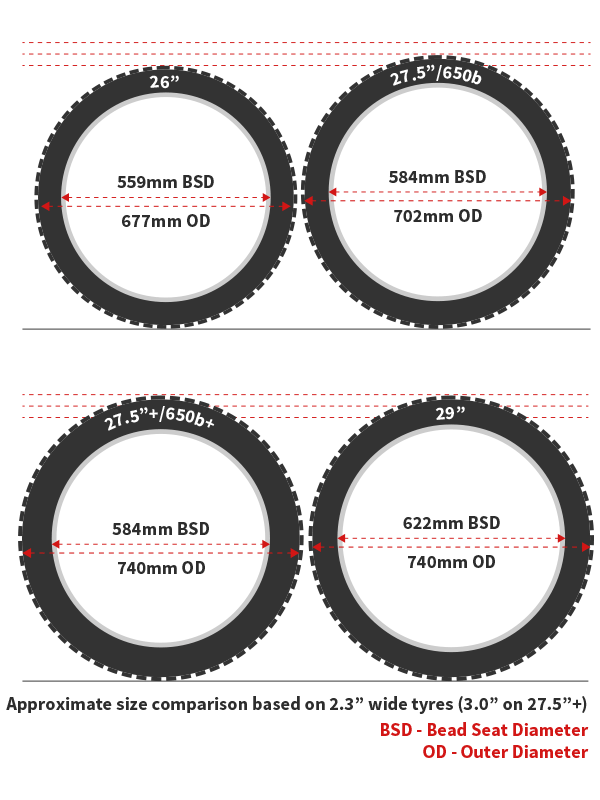 However, one must first check if tire chains can be used on their vehicle.
However, one must first check if tire chains can be used on their vehicle.
If there are restrictions on tire chain usage, it could be indicative of a reduced space between the tires and the vehicle body. In such instances, the usage of tire chains is not recommended.
Take a look at your old tires to determine the correct size. The image shown in this example indicates your tire’s specs as well as what they mean.
Tire width can be known by checking the sidewall of the tire. Manufacturers offer all the information about tire sizes and the specification. For the measurements, one could find a fraction number on the tire wall in large font.
For example, if the size of a tire is 185/70- 15. The numerator factor of the fraction in this case, which is 185 is the width of the tire in millimeters.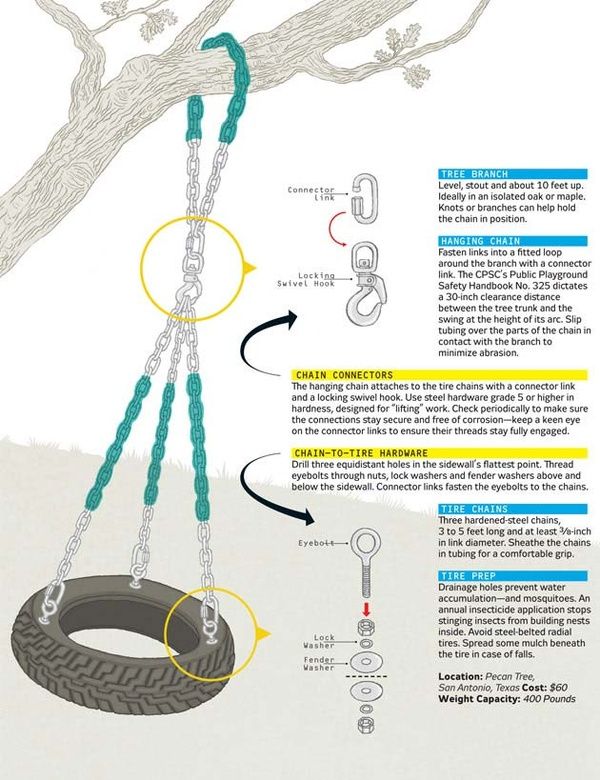
The aspect ratio is the ratio of the overall ratio of the height of the sidewall compared to the width. The higher the number, the thicker the sidewall of a tire is and vice versa.
This information can be found in the same fraction number as mentioned earlier.
For example, if the size of a tire is 185/70- 15. The denominator factor of the fraction in this case, which is 70, is the aspect ratio of the tire in millimeters.
3. Wheel DiameterThe wheel diameter can be termed as the length of an imaginary straight line that passes through the wheel from one end to the other.
This information too can be found on the sidewall of a tire. It is crucial to know the diameter when buying snow chains.
For example, if the size of a tire is 185/70- 15. Number 15 in this case is the diameter of the wheel in inches.
One needs the tire width, aspect ratio, and wheel diameter information to choose snow chains of the correct size.
Sometimes, the type of vehicle can also influence the tire chain’s compatibility. If the car is a medium-sized sedan, it may need chain links of a particular kind to tackle ice, mud, or snow.
On the other hand though, if the vehicle in question is a large heavy pickup truck that finds itself often on hilly unpaved terrain in winters.
Then a different type of snow chain with suitable links would be compatible as compared to the tire chains for a medium-sized sedan.
Choosing Compatible Tire ChainsWhile it is important to choose the right size tire chain, one should also ensure the kind of activity the tire chain is used for.
Tire chains come for many applications and a variety of vehicles, hence one must choose the right tire chain.
To go a little deeper, tire chains can differ from vehicle to vehicle despite the size remaining the same. An off-roader would need a different type of tire chain when compared to a small hatchback that performs city duties.
On the other hand, the purpose of the task and terrain the tire chains are going to be used for also make a huge difference.
There are specific tire chains for deep snow driving, for driving on icy roads, chains for mud use, chains for light snow driving, etc.
We suggest one determines the tire size of their vehicle, the application for vehicle use, and the kind of terrain the vehicle would be used on. These details would help in choosing the right tire chains.
Do tire chains have to be of an exact size?Yes, we suggest the tire chains be of the same size as the tires so that they fit perfectly.
A loose tire chain may easily come off and be ineffective. On the other hand, a tight tire chain could easily break or snap off under stress.
Tire chains of the exact size prove to be more reliable over time. Since they are used in extreme conditions, incorrect sized tire chains could lead to one being stranded in extreme conditions, sometimes even in remote areas.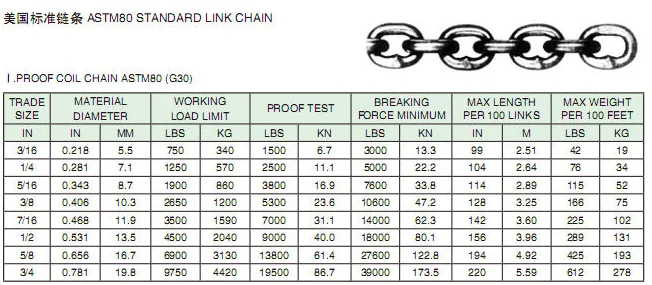
Lay the chains entirely next to the wheels that receive engine power/ drive. Ensure that the parking brake is engaged.
The Tines on the chain must face upwards. You may then drape the chains on the wheels with caution and precision until 3/4th of the tire is covered.
Tuck the ends of the chain under the tire.
Step 2: Connect & Join Both EndsDrive forward by about two feet to bring the tucked part of the chain on top. Ensure the links are in place. Connect and join both ends of the chain using the anchor system.
Step 3: Expect Chains for Broken Links or TanglesInspect to ensure that the chain is evenly installed and is tightened from all sides. Even alignment along the sidewall and a snug fit is key to installing the chains properly. Make necessary adjustments after inspection.
Step 4: Tighten for Snug FitDrive for about 100- 150 feet and then stop again to inspect the chains.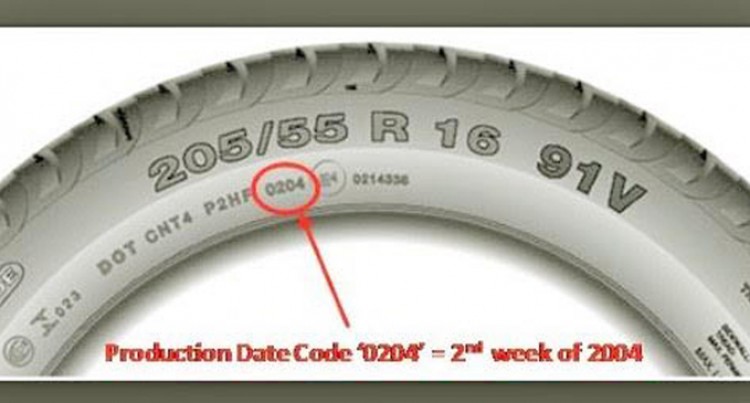 This should give you an idea of how tight the chains are. If found loose, they need to be tightened.
This should give you an idea of how tight the chains are. If found loose, they need to be tightened.
Once the corrections are done, the vehicle can be driven with the chains under specified speed limits.
Front-wheel or rear wheel?Ideally, the wheels that get the drive from the engine need to be chained since they would require the most amount of traction. If the vehicle is an all-wheel-drive vehicle, all four wheels can be chained.
Final ThoughtsWhile choosing the right chain in terms of size and function isn’t rocket science, one needs to be careful in making the correct purchase decision to be worry-free in difficult situations, and for that, it is important to have the correct size tire chains.
Thanks for reading our article! We've written this article with a lot of thought and care. If you're interested in seeing more of our content, please check out our Tires section and find an answer to your questions!
Tire chains are best suited for places that experience a lot of snow and have icy roads. In these moments, the moment you try to drive your car on a slippery icy road, your safety is at risk.
In these moments, the moment you try to drive your car on a slippery icy road, your safety is at risk.
Getting tire chains makes it easier to maneuver your vehicle on icy roads; you want to be sure that the chains’ grip will stop the car from swaying and protect everyone inside.
In this article, we’ll explore tire chain size and why you must find the perfect fit.
Photo credit: boostatv.com
Usually, a set of tire chains (which is enough for two tires) has a designated tire size it’s made to fit. There are exceptions, where your set is either small or a bit large; this allows you to adjust the chains for a tight fit. The best sets allow you to remove some links to reduce the size if there’s a need.
For a custom fit, there are various ways to measure your tire chains.
Photo credit: Autoscave.com
Before finding the perfect chains for your tires, you should determine if your tires are suitable for chain usage.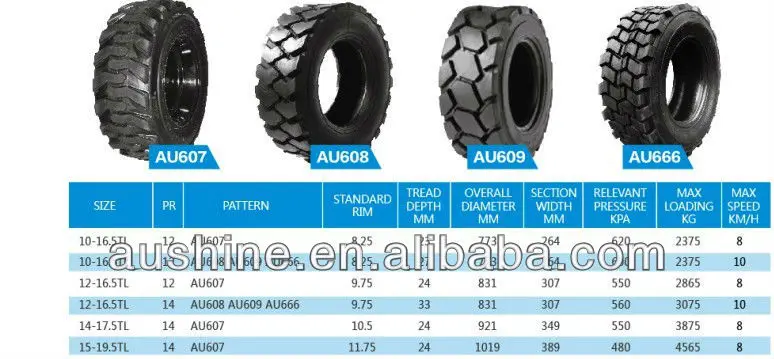 You can check this by looking through your owner's manual, in case there’s a warning against chain use.
You can check this by looking through your owner's manual, in case there’s a warning against chain use.
On the side of your tires, there are a set of numbers that you should mark down. The first measurement is the tire width and the second is the tire height. Lastly, the third is the diameter of the tire in inches. You can use this information to purchase the proper type of chains.
Here’s a video that offers another alternative to finding your tire size:
Tire chains have different features to accommodate various environments, such as icy roads and weather conditions. Make sure that you don’t buy tire chains that are cheaper and less effective at keeping you safe.
You can consider several factors, including:
Easy InstallationYou can purchase an easy-to-install tire chain and then practice using it. This will help you know if your chains need adjustment before you go out.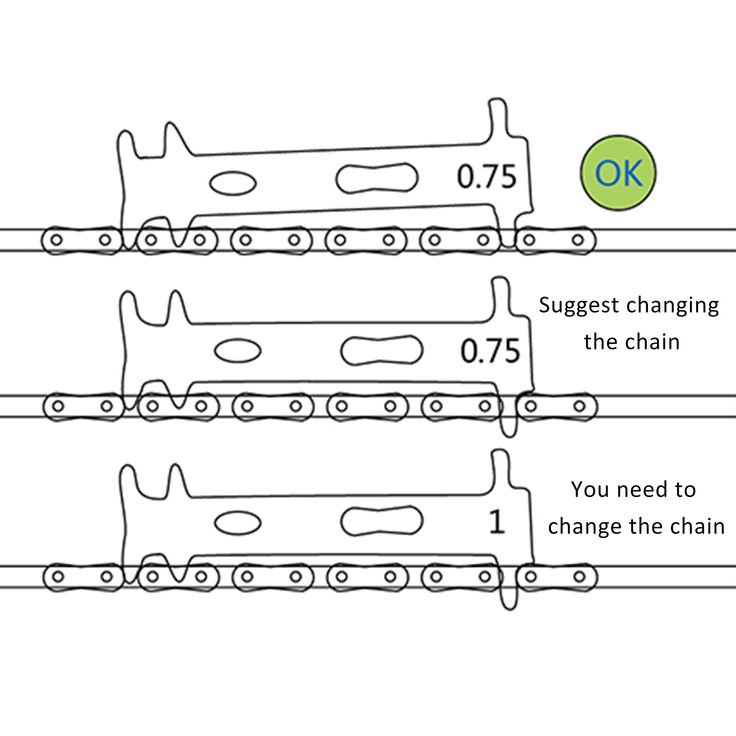
Tire chains that won’t break easily or damage the tire’s surface are what you should seek out. Some tire chains are designed for fast performance on deep snow and icy roads.
They allow you to brake efficiently and move with traction on steep roads.
Tire Chain SpeedCertain tire chains allow for a specific speed range; the determined speed has to do with how much grip the chains have. The chains might damage your wheels if they’re used at the wrong speed.
After considering the factors above, you can now get your tire chains with your exact tire size and the features you need.
Photo credit: Lacledechain.com
If you already have the tire chains in your possession, you can measure them by applying your chains to your wheels. This will help you gauge if they’re small, the right fit, or oversized.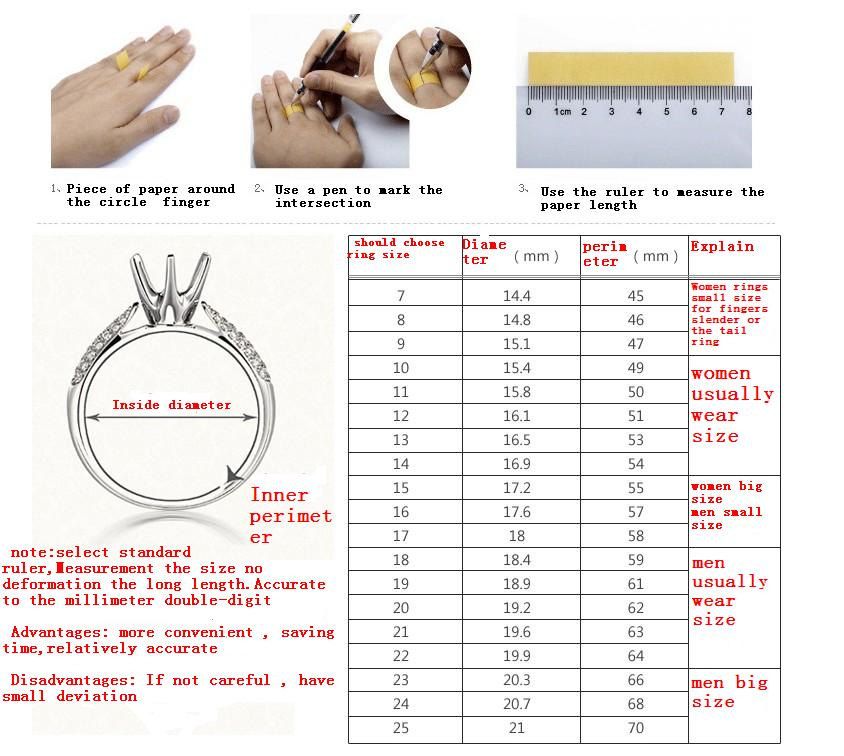
You’ll need to untangle or stretch out your tire chain so you can apply it to your tire correctly.
Put the Chain OnPlace the chain behind the tire and then pull it forward to cover the entire tire.
There’s a link attached to the cable that links and holds the chain loop. Find the link and latch it together so the circle is closed behind the tire. The second latch should be set in the middle of the front of the tire.
Find the loose chain at the bottom of the tire and attach it to the other end of the tire to modify the chain's tightness. Keep on adjusting until you are sure that the chains are fit enough.
You can then clamp the extra links on your chain in a way that they won’t interfere when the car moves.
Photo credit: Boostatv.com
Test DriveLastly, test if the wheels can turn freely and if the chains aren’t hitting against the vehicle’s body (this would mean that they’re loose).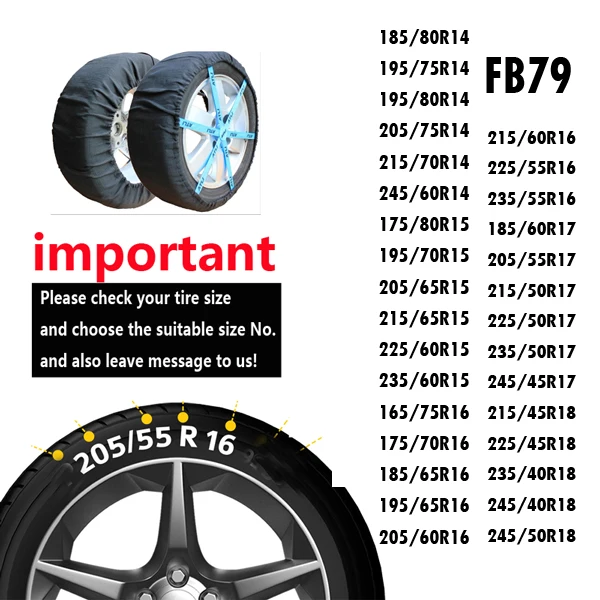 Ensure that you correctly install the chains so they don’t fall off as you drive.
Ensure that you correctly install the chains so they don’t fall off as you drive.
For a visual explanation, check out the link below:
There are more considerations to help you pick the right set of tire chains for your vehicle.
The types of tire chains differ on where you’ll be using them. You have to consider if you’ll be using them on an icy road, deep or light snow, steep hills, mud, or off-road. You want to ensure that your tire chains will be durable for any use, as well as be highly effective.
Some tire chains are only required during an emergency, but some places demand that everyone have a set in their trunk.
If you’re using your set more frequently, you might want to collect enough chains for all your tires. The second set could be an emergency set if you run into problems with your usual set.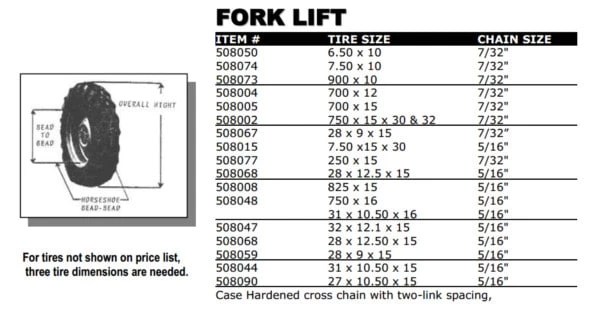 It can also be used to ensure that your vehicle is balanced and there’s enough traction.
It can also be used to ensure that your vehicle is balanced and there’s enough traction.
Photo credit: GearJunkie.com
Before purchasing your tire chains, you must consider factors like tire size, chain usage, weather, and environmental conditions. You won’t run into problems if you do your homework, because all the features you need will have been sorted out. Keeping tire chains in the back of your truck just in case may prove useful.
If you already have tire chains in your possession, it’s relatively easy to adjust them to fit your tires. You can watch the videos in the attached links above.
Here are a few answers to questions you might have; hopefully, they’ll help you with any last questions you have about tire chains.
Tire chains are meant to be the same size as your tires because they’re intended to be tight.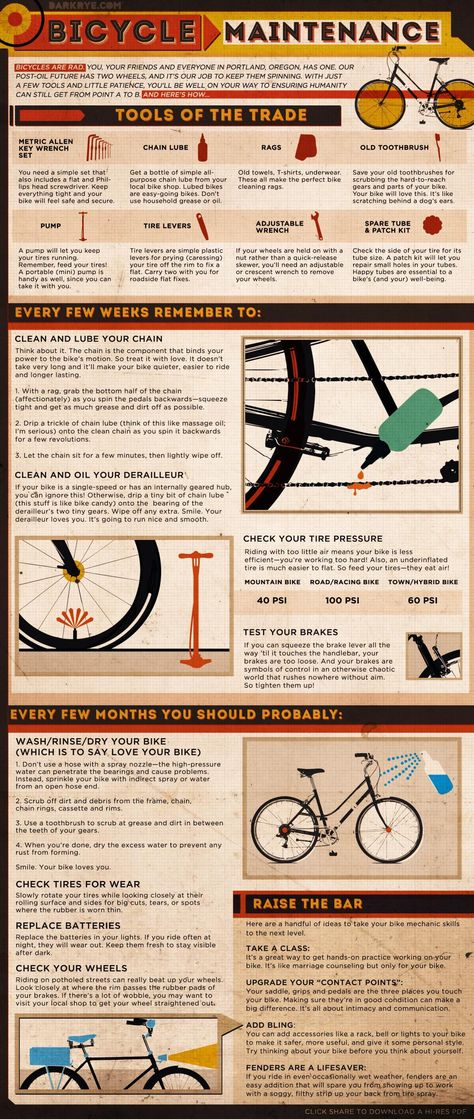 If they’re any larger than your tire size, they might hit the vehicle's body and damage it.
If they’re any larger than your tire size, they might hit the vehicle's body and damage it.
Adjust the chains by removing the extra links or clamping them on the chain so that they don’t move around.
Photo credit: Autoguide.com
For the best balance, using chains on all four tires is ideal. It may be enough just to install tire chains on your front tires, but for extreme weather conditions or extra traction, you might have to consider using chains on all tires.
Tire chains should be firm around your tires. The majority of tire chains are designed to fit specific tire sizes, and if they’re loose, they might cause damage to tires and your car.
There are possibilities that metal tire chains can damage your tires due to them breaking or coming loose, but they do more damage to roads.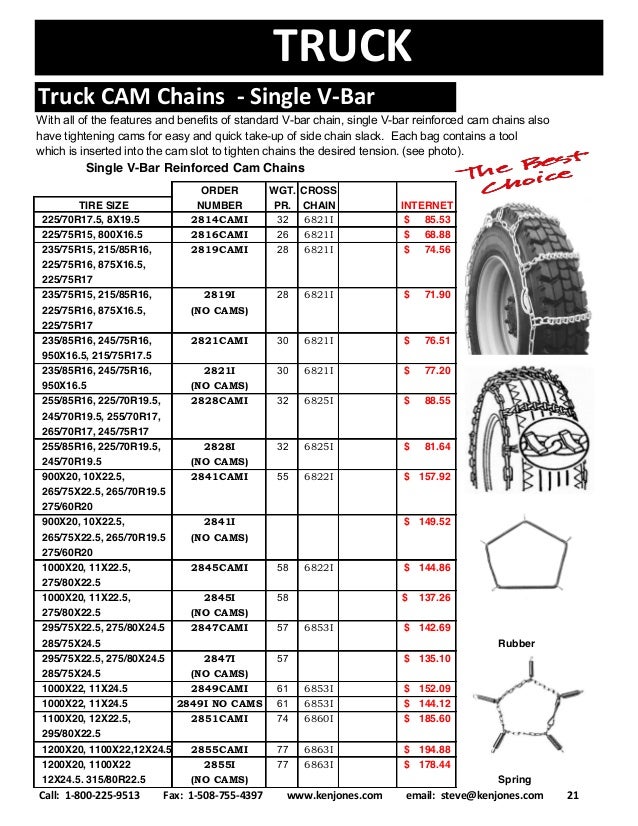 On the other hand, rubber chains hardly do any damage to the roads or your tires.
On the other hand, rubber chains hardly do any damage to the roads or your tires.
Today we would like to talk about how to choose the right bar and chain for chainsaws (power saws). This article will be useful for beginners who have just bought a chainsaw and do not know how tires and chains differ from each other, how to choose a tire and chain, what to look for, as well as experienced users who use a chainsaw in their work at a semi-professional and professional level .
When buying a chainsaw, most likely the seller asked you questions related to buying a chainsaw and asked how often and what you are going to saw. Depending on this, the appropriate models are offered to the buyer. In this article, we will not touch on the choice of the chainsaw itself, but will concentrate on the issue of choosing an additional or main bar and chain.
There are 3 classes of chainsaws: amateur, semi-professional, professional.
Hobbyist saws, as a rule, are designed for periodic work, have low power (up to 2 kW), low weight, low vibration. This is the most common group and chainsaws from this group are most often bought by summer residents and owners of private houses. Chainsaws from this class allow you to cut tree branches, harvest firewood, and do small repairs. Even a not very experienced user can manage and use such a saw.
Semi-professional saws have more power (from 2kW) and are designed for longer work in construction. The weight of such a saw is much more than an amateur one. Such chainsaws are used at the stage of new construction for work related to wood: harvesting rafters, cutting boards for the floor, sheathing the house with timber and other works. Unfortunately, such saws are also not designed for continuous operation for 6-8 hours or more.
Professional saws are used on an industrial scale in enterprises that are engaged in felling and felling trees around the clock.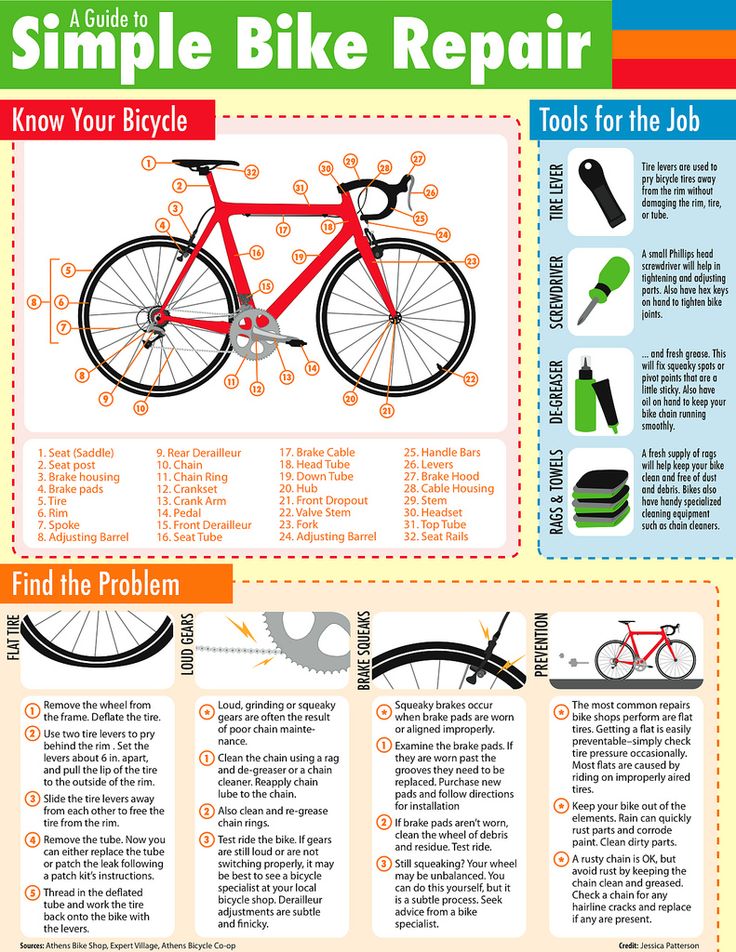 Such saws allow you to work for a long time, and in the most difficult places: hard rocks, thick and gnarled trees. The power of such a saw can reach up to 6 kW. A professional saw weighs more than 6 kg, vibrates and makes a lot of noise during operation, and is also quite difficult to control.
Such saws allow you to work for a long time, and in the most difficult places: hard rocks, thick and gnarled trees. The power of such a saw can reach up to 6 kW. A professional saw weighs more than 6 kg, vibrates and makes a lot of noise during operation, and is also quite difficult to control.
When buying a chainsaw, the bar and chain are included. Pay attention to the characteristics of the bar and chain that come with the kit. These parameters will allow you to quickly find in the future, choose chain and tire for chainsaw , and also buy them with a minimum waste of time.
One of the tire parameters is its size. As a rule, tire size is indicated in inches, sometimes in centimeters. We recommend using the size in inches. The most commonly used tire sizes are 11″, 12″, 13″, 14″, 15″, 16″, 18″, 20″, 21″, 22″.
The smaller tire size is used for easier work. For example, a chainsaw with an 11-13 inch tire installed is used as a delimber, and is also used to cut small thin boards. This tire is small and allows you to accelerate the chain at high speed, which allows you to work quickly. The most used and versatile tire size is 14-16 inches. Such tires allow both harvesting firewood and using a chainsaw (electric saw) as a delimber. Tires 18 - 22 "are used for sawing thick trees when harvesting firewood. Such tires are used in semi-professional, professional and powerful saws.
This tire is small and allows you to accelerate the chain at high speed, which allows you to work quickly. The most used and versatile tire size is 14-16 inches. Such tires allow both harvesting firewood and using a chainsaw (electric saw) as a delimber. Tires 18 - 22 "are used for sawing thick trees when harvesting firewood. Such tires are used in semi-professional, professional and powerful saws.
Your saw manual should list the tire sizes you can use. It is not recommended to install a tire longer than the manufacturer indicates, because this affects the engine speed. The longer the tire, the more power the engine spends on rotating the crankshaft to accelerate the chain, and this affects engine wear. This is the most important rule to follow.
When choosing a tire for the chainsaw , you should pay attention to the shape of the tire itself.
For hobby saws use narrow and flat (low profile) tires . Such tires do not give a kickback and are very safe, which novice users will appreciate.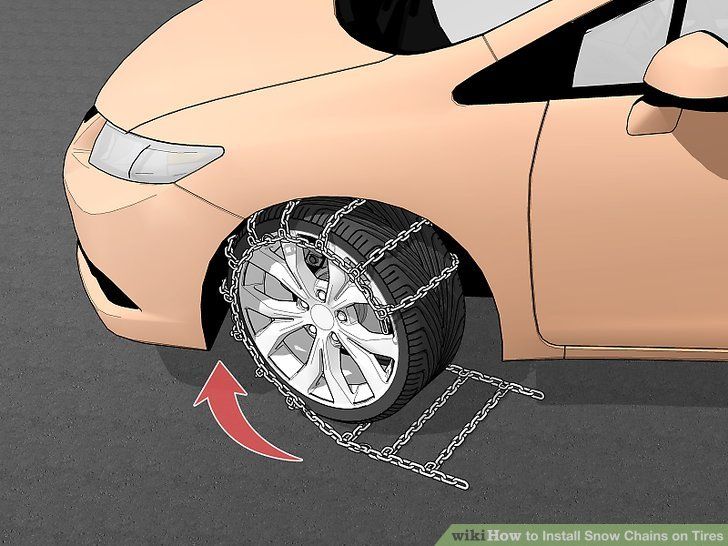 There are also lightweight chainsaw tires. These tires have a reduced weight, which allows you to work and control the chainsaw on a canopy, as well as on the roof of the house. Lightweight saw bar consists of 2 steel plates, which are fastened inside with polyamide.
There are also lightweight chainsaw tires. These tires have a reduced weight, which allows you to work and control the chainsaw on a canopy, as well as on the roof of the house. Lightweight saw bar consists of 2 steel plates, which are fastened inside with polyamide.
There is another group of saw bars - with replaceable heads. This is necessary for chainsaws operating in heavy duty felling, when the wear rate of the mechanisms increases. For domestic needs, a similar shape of the tire is not needed.
One of the important parameters of a guide bar is its shank (fastening). Each manufacturer has its own tire mount. Therefore, sometimes a bar from one saw may not fit another.
Since the bar is directly connected to the chain that is mounted on it, the chain pitch must be taken into account. Find out what it is below.
In order to select a chain for a chainsaw, you need to know the following parameters (they intersect with the parameters of the saw bar).
Chain size must match your tire size. In case you bought a chain smaller than your bar, you simply will not install it. If you bought a chain larger than your saw bar, the chain will not properly install and stretch over your bar. Both options lead to the impossibility of working with a chainsaw. Chain size is indicated in inches and can be 10″, 12″, 13″, 14″, 15″, 16″, 18″ and above.
Chain pitch (distance “a” in the figure) is measured in inches and marked 0.325″, 0.375″ and 0.404″. In order not to confuse similar numbers, the chain pitch 0.375 ″ is most often denoted 3/8. Why is that? If we divide 3 by 8 we get 0.375. You need to understand that the higher the chain pitch, the more professional and powerful the saw. The most used and popular chain pitch is 0.325″. This chain pitch is used in amateur and semi-professional saws. If you are using a saw for delimbing and felling thin trees or construction work, then a chain pitch of 0. 325" would be more appropriate. A chain with this pitch will make your work smoother, more comfortable and will not “tear” the wood when you start cutting. The 3/8 pitch chain is used when felling thin trees and for cutting medium thickness wood. And the chain pitch 0.404″ is used only in professional saws and we will not talk about it in this material, because it is not very popular and our readers will probably not come across it.
325" would be more appropriate. A chain with this pitch will make your work smoother, more comfortable and will not “tear” the wood when you start cutting. The 3/8 pitch chain is used when felling thin trees and for cutting medium thickness wood. And the chain pitch 0.404″ is used only in professional saws and we will not talk about it in this material, because it is not very popular and our readers will probably not come across it.
Shank thickness saw chain (drive link thickness) is one of the important chain parameters. The drive links are designed for different tires, so pay attention to this parameter. The thickness of the shank is available in the following sizes: 1.1 mm, 1.3 mm, 1.5 mm, 1.6 mm and 2 mm (0.043”, 0.05”, 0.058”, 0.063” and 0.08” respectively) . The 1.1 mm chain is used in small saws and it is impossible to do serious work with such a chain. A chain with a drive link thickness of 1.3 mm - 1.6 mm is able to withstand heavy loads. The chain is quite popular and is used on amateur and semi-professional saws.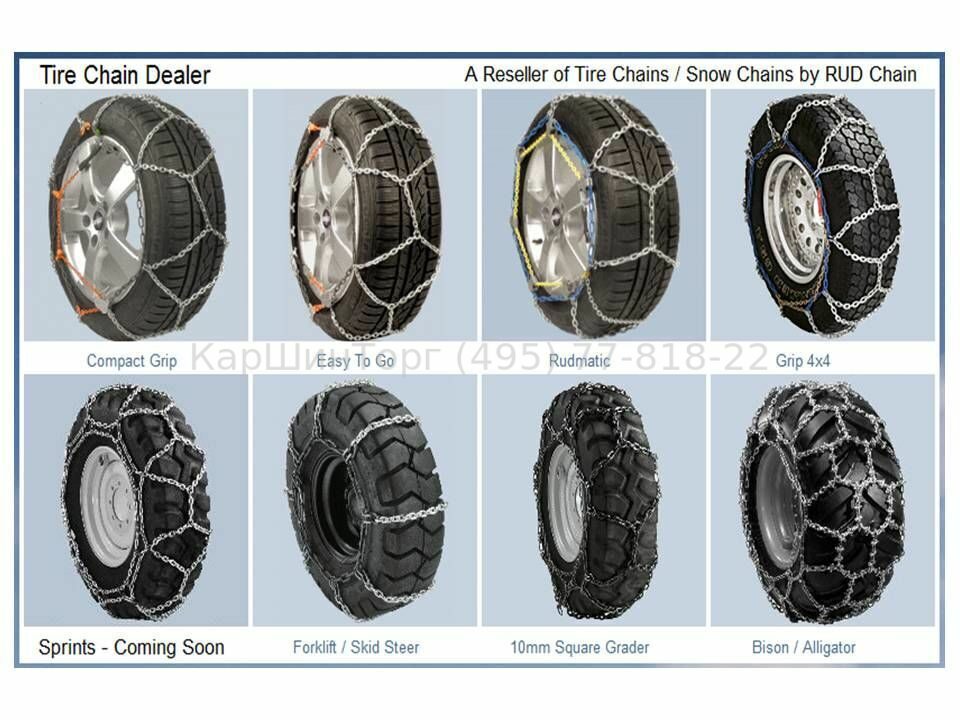 If the thickness of the shank is 2 mm, then you can immediately say that the chain is used in professional saws. The conclusion can be drawn as follows: the greater the thickness of the drive link, and accordingly, the wider the groove of the chainsaw tire, the higher the chain quality and able to withstand heavy loads.
If the thickness of the shank is 2 mm, then you can immediately say that the chain is used in professional saws. The conclusion can be drawn as follows: the greater the thickness of the drive link, and accordingly, the wider the groove of the chainsaw tire, the higher the chain quality and able to withstand heavy loads.
The number of chain links (chain tails) is a parameter by which the length of the chain can be determined. That is, when choosing, you can name the number of links or the size of the chain in inches. For some chain manufacturers, the number of links, and not the length of the chain, is indicated in the product article. Therefore, it is better if you know both parameters of the saw chain when buying.
The following specifications are used to select a saw chain for a professional saw. Those who use household and semi-professional saws may not read our material further. We will touch on the rest of the parameters in passing, without going into depth.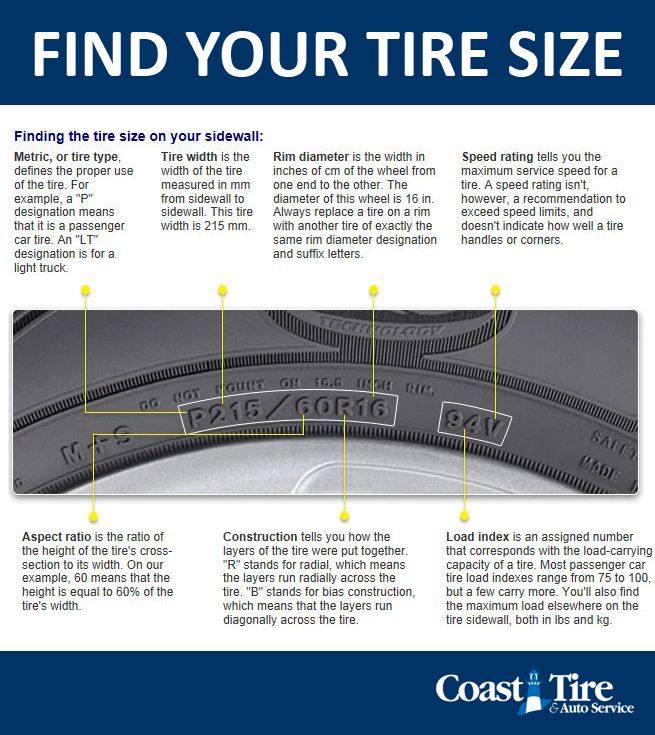
Types of cutting links are different, we will touch on the main ones - chisel (in the picture on the left) and chipper (in the picture on the right). In the figure, we see what shape the chisel profile carries. In the context of such a profile resembles the number seven. In the people, this type is called the "seven". It is believed that this profile is designed for fast and high-quality work with a saw. The fact is that the entire working surface is strictly straight and evenly cuts into the wood. This type of link is mainly used on professional saws. However, it also has disadvantages. For example, sharpening such a chain is quite difficult, because even with a slight deviation from the correct angle, the work completely loses all the advantage of a chisel. The chipper type in section is very similar to the shape of a sickle, from which this profile received the name "sickle type" and "sickle". The contact area of such a link is larger, which entails higher loads and worsens cutting performance. However, the chipper type of the link tolerates dirt much more easily, and when sharpening, it is not necessary to observe the angles too precisely.
It is very important to know the material from which the cutting links of the saw chain are made. Mainly for saw chains, high-alloy chromium-nickel steel is used in the manufacture of cutting teeth. Therefore, when buying a new chain, it is necessary to visually check the workmanship of the cutting elements and their sharpening. But in order to use the tool when processing especially hard, frozen or heavily contaminated materials, it becomes necessary to harden the teeth. For such purposes, options are offered, on the teeth of which hard-alloy special soldering is made. They have increased wear resistance. The presence of soldering is marked on the surface of each cutting tooth.
Depth of cut and profile height of chain . The depth of cut is the height of the profile, which indicates the depth of cut of the saw (it is worth adding that the size in height also plays a role, but the depth of cut is the main parameter). The higher the profile, the deeper the chain “takes”, which means higher performance. The smaller the profile, the thinner the chips are removed, that is, the chain does not bite deep into the wood. This depth can be adjusted by grinding the stops located at each cutter, but in the new chain these dimensions already have a certain type. There are two types of profile: 0.025” (0.635 mm) low profile chain and 0.03” (0.762 mm) high profile chain. This information should also be written in the characteristics of the saw (often they simply indicate the brands of chains that fit, but they already correspond to the desired size). The choice here is not great, this information is given more for review. Indeed, when sharpening chains on your own, you need to know the type of profile in order to bring them into the appropriate form when sharpening the limiters. But at their core, both types are divided into professional and amateur chainsaw profiles. True, there are nuances here. Professional chainsaws do not always have high-profile chains, but household chainsaws are always equipped with low-profile options.
And if everything is clear with the low profile types, then the high profile requires clarification. After all, it makes the chain highly productive, which means it increases the vibration and aggressiveness of the chain, as already mentioned. And strong vibration will not allow you to work with the saw for long hours at the logging site. This is where the developers did some kind of trick, they take into account the chain pitch in order to maintain low aggressiveness. After all, if the step is large (and this entails vibration) and the profile is high (this is also increased vibration), then in the end the saw, although it will cut quickly, will simply become inconvenient for long-term work. And this balance is maintained by choosing not the two most effective parameters, but by alternating them. That is, if the step is large, the profile is low, if the step is smaller, you can make a high profile. This balancing allows the chainsaw to work less aggressively and efficiently at the same time.
But it’s difficult to say which chain is better (with a large profile and a small pitch or a small profile and a maximum pitch), it all depends on the wood, working conditions, and everything is individual for each case, you just need to try. We also note that on highly professional saws when felling large trees, chains with a large pitch and a high profile are used, since speed is extremely important here. It happens that the profile is produced even more sounded, even 0.07” (1.778 mm), but this is extremely rare and is often used on machine units for felling. In general, this entire item can be attributed to the professional use of serious chainsaws. For an ordinary user, this parameter is important only in one case, when the saw is sharpened at home. You can cut the depth limiters only with voiced knowledge, otherwise your household chainsaw will not cut at all and will definitely get tired of high loads.
Rip and cross cut . The longitudinal type chain is designed for sawing wood along the grain, and the transverse type chain is designed for cutting across. Masters understand that the difference in wood resistance in two cases is different and for working across - you don’t need an acute angle, but for working along - the tools are sharpened very sharply. For chain saws, these parameters are: 25-35 degrees - for cross cutting; 5-15 degrees - for a longitudinal cut. These characteristics can be read on the chain and even seen with the naked eye on the cutting teeth themselves. By the way, each tree also loves different angles, so it’s worth looking into these parameters separately if you work professionally with wood.
Everything is trite, chainsaws are often used for cross cutting. If sawing along, then this is most often done with a circular saw, which is more efficient for this. And that is why the demand for chains of the longitudinal type is so scanty that the market is not particularly involved in their development. Therefore, even finding a longitudinal type chain on the market is very, very difficult. Most choose the transverse type, and it was for these reasons that we discarded it to the very, very end. And this was the last parameter for classifying chains for chainsaws.
For a household chainsaw (not professional), this approach will be relevant, and only professionals should re-read everything written again. So, it’s worth starting the choice of a chain for a chainsaw from the disclosure of the instructions. If it is not there, we look for the model of our saw on the Internet and find all the important characteristics there. And in order to go buy a chain for your household tool, it is enough to write down the following: chainsaw brand (to buy a chain from the same manufacturer), the number of leading links (namely, leading, not cutting), the width of the groove of the tire (or the width of the leading link, tail) and the length of the tire (if we have the number of leading links, this can be discarded). Knowing all these parameters, we will definitely buy the right chain. If you know only the brand, you can suffer. After all, there are technological features of even well-known brands, where the sprocket, tire and chain are replaced for some reason with similar, but distinguishable types. And it is especially important to know all the indicated figures, if we saw cheap domestic production or from China (perhaps a fake brand), here it will not be difficult to buy a completely different chain, we see for ourselves, there are a lot of characteristics. Be careful! And professionals should definitely re-read everything that has been said a few more times. Having penetrated into the essence, everyone will learn to understand everything stated as correctly as possible, which in the future will certainly help to make even a good chainsaw even more efficient and reliable.
Looking at any standard saw chain, there will always be two tails (two drive links) per cutting link. This is a standard and is followed by all chainsaw chain manufacturers. However, there are chains on the market where there are fewer cutting links, these are the so-called chains with half-pass and pass. In the first case, one more additional connecting link is inserted into every second pair of cutting teeth. In the second case, an additional link is already installed between each cutting tooth. As a result, a standard chain with 64 leading links (tail) should have 32 cutting teeth, that is, 50%. But in the case of a half pass, we will already get 40% of the working teeth, and with a pass - 37.5%. Who needs such chains? In the chain, only cutting teeth are valued, they are made using a special technology, they are coated and they are much more expensive than connecting links. If you can’t make the chain shorter, then skipping the cutting elements can significantly reduce the cost of the chain itself.
As a result, you can sell it cheaper and earn money at the same time. But there is only negative from such a chain, it makes the saw more aggressive, reduces its performance and even increases the wear of both the entire saw set and the chainsaw itself. It is not recommended to buy such a chain, its cheapness does not at all justify further repairs and work efficiency. In addition, no factory makes such chains, everything is made up at home from factory chains (at best), so it is clear that the build quality and durability of the chain itself is reduced several times. And when buying a chain on the market, we carefully study the sequence of links so as not to accidentally ruin our new device in such a popular way.
The simplest and most basic criterion that fixes chain wear is its stretch. If you cannot tighten it with the tension screw on the saw, you need to replace it. However, installing a new chain on an old worn sprocket and bar will cause even more wear. It is known that the chain wears out 2-3 times faster than the bar and sprocket, so to increase the durability it is worth resorting to trickery. For example, you have a new chainsaw, you are going to work with it a lot and for a long time (if a saw is bought for five-minute work once a year, then one chain will last a lifetime). And in this case, we buy three chains at once for efficiency (it is possible with different pitches or with different types of cutting teeth relative to strength, if you have a professional tool). Further, after several hours of work with one chain, we make a replacement for another and so we constantly alternate the entire set (and do not forget to turn the tire over, it also requires uniform wear). As a result, all three chains will gradually stretch and grind at the same time as the tire and sprocket, and after the impossibility of stretching, it is already possible to safely change all the chains, the tire, and the drive sprocket. Believe me, with this approach, the gain in durability will be an order of magnitude higher than putting a new second chain on an already worn tire. In addition, a chain stretched almost to the limit will behave more quietly and more efficiently than a new one on an old tire and sprocket.
Gasoline and electric saws are a convenient and productive tool that, with proper care, can work for many years. How to properly monitor the tool, we told in the article "Maintenance and care of chainsaws", and now let's talk about how to care for the saw chain, which needs to be sharpened from time to time.
You can sharpen the chain at a service center or specialist workshop, or you can sharpen it yourself. Being far from the benefits of civilization, in the forest, in the village, in the country, in order to continue the work process, you will have to sharpen the chain yourself.
The chain becomes blunt from hard work, if the cutting part touches the ground, sand, gravel - this causes severe damage to the saw blade.
Many users in the early stages do not notice a change in the operation of the saw, a deterioration in the quality of the cut. Which often leads not only to a drop in performance, but also to the destruction of the guide rail and its elements. The deterioration of sharpening reduces the life of the tool, so the sharpness of the chain must be monitored.
Do not use a saw with a blunt chain, because it creates an unnecessary load on the engine, increases fuel consumption and accelerates the wear of chainsaw components.
If in the process of sawing the falling chips become finer, the bar does not go deep into the workpiece, the operator has to press hard on the tool to make cuts - all this indicates that the teeth of the saw chain have worn off and need to be sharpened.
It is not difficult to notice a deterioration in saw performance, after which you should start sharpening the chain as soon as possible. To bring the chain into working condition on your own, you need to know the geometry of the cutting part of the saw blade, understand the nuances of sharpening and have the right tool at hand.
The saw chain consists of the following elements: driving links, cutting links - have a depth gauge and a cutting tooth with sharpening marks, a connecting link and a swivel or rivet. The lower part of the drive link is called the shank. Between the connecting links there are channels into which the lubricant enters.
Cutting links are divided into right hand and left hand. The upper wide part of the tooth is designed for cutting. Chains from different manufacturers can vary greatly in tooth shape. There are two main tooth configurations - chipper and chisel. But there are also incisors of other shapes.
Top and side - the cutting edges of the tooth have a certain sharpening. The sharpening angle for rip saw chains is 10 degrees, for lateral sawing chains 30 degrees. Rip chains are rarely used.
The chain pitch is the distance between the centers of the first and third connecting rivets, divided in half. Chain pitch is measured in millimeters or inches. The most common chains with a pitch of 0.325 and 3/8 inches, 8.255 and 9.525 mm, respectively. If you use a chain with a smaller link thickness and a smaller pitch when sawing, the cut will be cleaner and more accurate. Powerful chainsaws are equipped with 0.404 inch chains. Such circuits are more efficient.
An important characteristic of the chain is the thickness of the shank. There are five standard shank thicknesses: 1. 1; 1.3; 1.5; 1.6; 2 mm. The thickness of 1.3 mm or 0.05” is the most common and is used on household and professional models of chainsaws. The thickness of the drive links must match the width of the guide bar groove.
The durability of the chain is determined by the impact resistance and toughness, too hard teeth are difficult to sharpen by hand. In the manufacture of chains, wear-resistant alloyed steels are used. To increase the surface hardness, the cutters are chrome-plated, and the viscosity of the teeth is increased by applying shot blasting.
The cutting link consists of a cutting tooth and a depth gauge, also called a control tooth. The difference in height between the top of the depth gauge and the back of the tooth is the distance of the depth gauge that the saw chain cuts into the wood. Therefore, the chip thickness is equal to the distance of the depth gauge.
The distance of the depth gauge is set according to the chain pitch. The norm is a distance from 0.5 to 0.8 mm, an average of 0.6 mm. An increase in this indicator will lead to strong kickback and vibration when working with a saw. Values that are too low will result in reduced sawing performance. The distance of the depth gauge with each sharpening of the chain decreases, because the upper edge of the tooth is ground down, the depth gauge also needs to be sharpened periodically. Approximately after every 2 - 3 sharpening of the tooth.
The sooner teeth that have begun to dull are sharpened, the less material will have to be removed during sharpening, which will extend the life of the chain.
When sharpening a chain, several rules must be observed and the following parameters must be taken into account: the height of the cut limiter and the sharpness of the corners of the cutting link are set by the chain manufacturer. It is also important that the dimensions of all chain links are the same, otherwise the performance may decrease, the vibration level will increase and the load on the saw motor will increase, cracks may appear on the chain, which will eventually lead to a chain break.
The saw chain can be sharpened with a hand file or with an electric sharpener. Each tool has its own characteristics of work.
Before sharpening a chain, it is necessary to know its parameters, because the file is selected depending on the pitch of the chain.
The chain brake must first be installed. If you are in the field, the saw is clamped between the knees. Most importantly, do not forget to mark with chalk the tooth with which you start.
The inner contour of the tooth is close to a circle and is therefore sharpened with a round file of the appropriate diameter. Before sharpening, the top edge of the file should be slightly above the cutting edge of the tooth.
Sharpening a chain requires precise positioning of the file and controlled movements in relation to the edge being sharpened. It is necessary to place the file in the mouth of the tooth at an angle of 90 degrees with respect to the chain in the vertical plane, and from 30 to 10 degrees in the horizontal plane. File movements should be carried out only in one direction, away from you. The number of strokes for each tooth should be the same. The size of all chain teeth must be adjusted to the size of the worn tooth itself.
Depth gauge or reference tooth can be ground down with a flat file if necessary.
To ensure the correct sharpening of the chain, it is recommended to use special sets that come with the chainsaw. A chain sharpening kit can also be purchased separately. Sharpening set includes: file, gauge, accessories.
It should be noted that if the user does not have certain skills in sharpening saw chains, you should contact the professionals at the appropriate service center.
Not every craftsman will be able to sharpen a chain with a file. If the cutting part of the saw is hard hit by gravel or sand, it loses its working shape, simple sharpening with a file will not help bring the chain into working condition. In these cases, sharpening on a special machine is used.